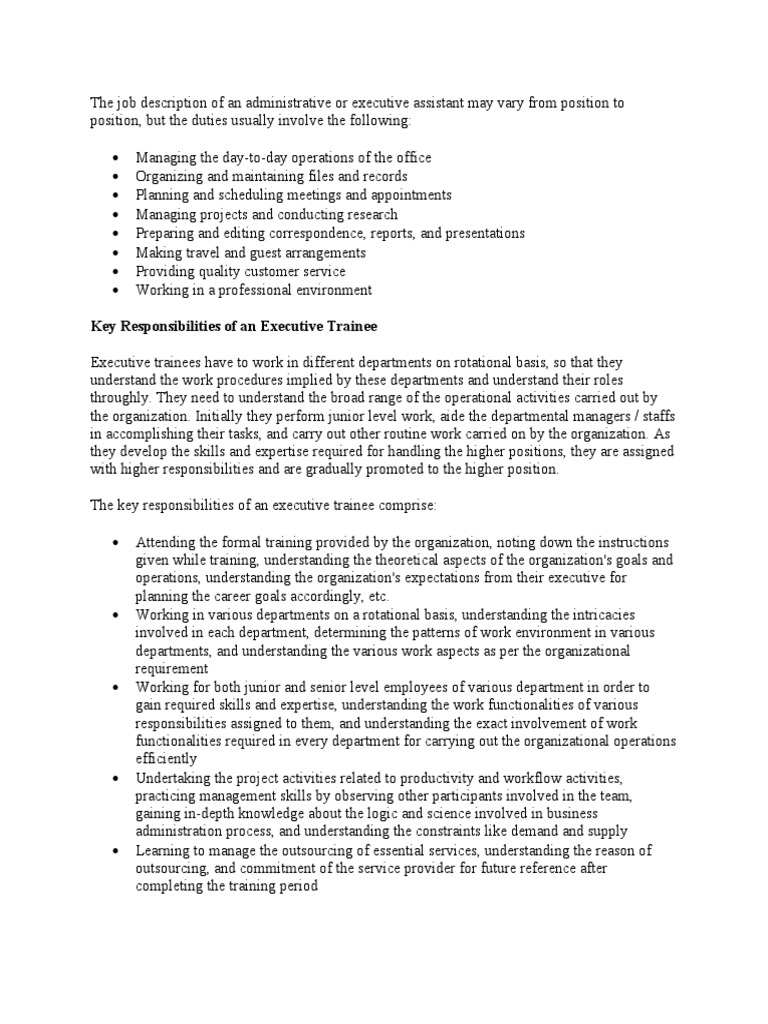In today’s dynamic job market, the role of a Behavior Modification Assistant (BMA) has emerged as both a pivotal and fascinating niche within the broader landscape of mental health and behavioral therapy. This profession, often overlooked, weaves together elements of psychology, counseling, and education, rendering it indispensable for those seeking to nurture and rehabilitate individuals facing various behavioral challenges. This article endeavors to dissect the job description of a Behavior Modification Assistant, exploring the responsibilities, skills, and the profound impact these professionals have on their clients.
The primary focus of a BMA is to support behavior modification techniques employed by licensed therapists or psychologists. Their goal is to assist clients—many of whom may struggle with mental health disorders, developmental disabilities, or behavioral issues—in modifying undesirable behaviors and adopting more adaptive ones. This task often commences with detailed assessments, where the assistant collaborates with the clinical team to identify specific behaviors that require modification. By analyzing triggers and patterns, they help in formulating actionable plans tailored to meet each client’s unique needs.
One of the most compelling aspects of the Behavior Modification Assistant role is the direct interaction with clients. Whether working in educational settings, therapeutic environments, or even residential facilities, BMAs engage closely with individuals, employing a combination of empathy and strategy. They often implement techniques such as positive reinforcement, modeling appropriate behaviors, and grouping clients in social skills training sessions. This not only helps in ameliorating undesirable behavior but also boosts the client’s self-esteem, facilitating the cultivation of more positive self-perceptions.
Yet, the role carries more inherent complexity than merely implementing behavioral plans. A BMA must also possess the capacity for critical observation and assessment. In many situations, the success of behavioral modification hinges on understanding the non-verbal cues manifested by clients. Behavioral patterns are often rooted in deep-seated emotional responses, necessitating a nuanced understanding of psychological principles combined with practical applications. This multilayered comprehension allows BMAs to adapt their strategies in real-time, ensuring the most effective interventions are delivered when they are needed most.
Along with observational acuity, the skills necessary for a BMA extend beyond psychological understanding to encompass strong communication abilities. Engaging clients effectively requires a keen ability to convey ideas clearly and empathetically, ensuring that instructions and feedback resonate on both intellectual and emotional levels. Communication also extends to collaborating with families, caregivers, and educational staff, to provide comprehensive support that enriches the client’s environment and reinforces learned behaviors in various contexts.
Moreover, fostering a positive rapport with clients is crucial. The groundbreaking essence of behavior modification rests not solely in the techniques applied, but in the therapeutic alliance established between the client and the assistant. A sense of trust and safety encourages clients to express themselves freely, making it easier to explore underlying causes of maladaptive behaviors. Whether it’s through active listening, encouragement, or simply being present, the BMA’s approach can significantly affect a client’s willingness to engage in the therapeutic process.
The educational requirements for a Behavior Modification Assistant typically include a background in psychology, social work, or a related field, often accompanied by practical training. Certification programs may also be available, catering to those looking to formalize their knowledge and enhance their credibility in the field. Many professionals embark on this career with the ambition of making a tangible difference in people’s lives, propelling them through obstacles towards a more productive and fulfilling existence.
Additionally, BMAs must be equipped to handle the emotional demands of the role. Engaging with clients who may display challenging behaviors, experience emotional outbursts, or resist change can be taxing. Therefore, possessing resilience and self-care strategies is imperative. Professional support networks or supervision are often beneficial in maintaining a balanced perspective and preventing burnout in these emotionally charged environments.
The essential question underlying the fascination with this profession often relates to the symbolic act of transformation. Viewing the role of a Behavior Modification Assistant as more than mere task execution, one understands it as a facilitator of change—an agent who empowers clients toward self-discovery and personal growth. This underlying motivation fuels a broader cultural interest in mental health, as society increasingly acknowledges the substantial value of emotional wellness in holistic health.
In considering the trajectory of the profession, one may debate the evolving nature of behavioral health responsibilities. With technology advancing and methodologies changing, the role of the BMA is bound to adapt. Historically a hands-on position, aspects of virtual interaction and telehealth may overlap, increasing accessibility for clients who might otherwise be unable to seek assistance. The integration of technology can potentially augment traditional practices, offering a new array of tools to better tailor interventions.
Ultimately, the role of a Behavior Modification Assistant stands as a profound blend of art and science—crafting strategies that are as individualized as the clients they serve. Their work reverberates far beyond the therapeutic environment, touching the lives of families and communities at large. In striving to modify behavior, BMAs play a crucial part not only in altering personal narratives but in fostering broader societal change—challenging stigmas about mental health and amplifying the conversations around help and recovery. The presence of these professionals is a testament to the enduring human spirit and the constant pursuit of understanding and improvement for all.
